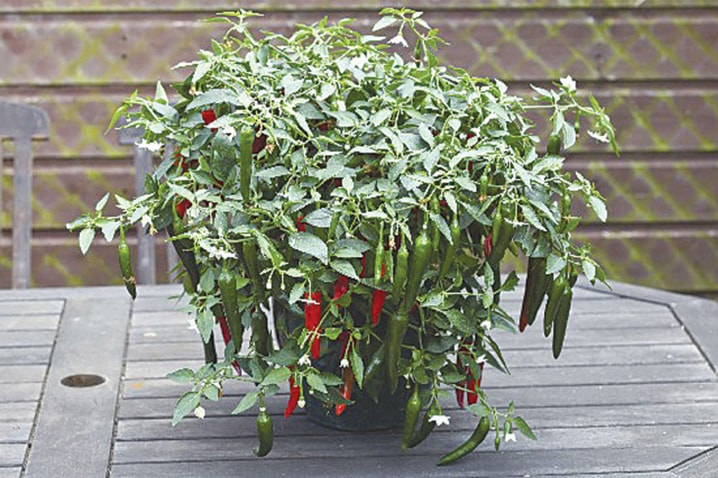Scientists are constantly working on developing new varieties of plants.
They are striving for plants that have large blooms, will bloom for long periods of time, are disease resistant, use less water and can survive diverse conditions. While some of the plants are introduced in-house or through company names others are sent to All American Selections to undergo rigorous testing.
Companies pay to have their best introductions to undergo these stringent trials. Once in the trials, plants are sent through out North America and to Japan to trial gardens where they are planted and tended. Independent judges visit the plants on a weekly basis and rate their performance.
For a plant to become an All American Selection it must perform well at all trial sites. Prairie gardeners can purchase these plants with confidence knowing that they will be attractive additions to their yard.
Alberta has a number of trial gardens all of which are open to the public. They include: Olds College, Devonian Botanic Gardens and the Calgary Zoo.
At the end of the season all data is compiled and the plants fait is decided. It can be held over for another season, discarded or given the honor of becoming an All American Selection.
This year there are only a few plants deemed worthy of the honour.
The ornamental pepper ‘Black Olive’ has dark purple foliage and light purple flowers. The fruit itself starts out as red and turns to dark purple to black at the end of the summer.
This plant loves hot areas so use it in pots and baskets where it will be in the sun for most or all of the day. Expect the plant to reach a height of 24 inches (58 cm) by the end of the season. Black Olive peppers are bushy plants and can be planted 12 – 14 inches (30- 35 cm) a part.
The pepper ‘Cayennetta’ was chosen as it is an easy to grow and will produce fruit in cooler areas. When growing this pepper expect an abundance of three- to four-inch (seven to 10 cm) mildly spicy chili peppers. Fruit should be ready for picking approximately 67 days after it is transplanted.
Grow this sturdy plant in a warm location which in our climate means a green house or southern exposure. The plant would also do well in a basket on a patio as long as it has a good source of water.
If chili peppers are a favourite, keep a spot of 20 inches (49 cm) for at least one plant.
Faerie is a creamy coloured watermelon with claims that its fruit will be ready to eat 60 days after it is transplanted out. Like the peppers, Faerie needs to be planted in a hot area; the hottest area of the garden. As with all melons, this one will also need to have a constant supply of moisture.
Watermelons grow on a vine which means that a large space must be dedicated to the plant. The suggested area is around two feet (60 cm)
“Jams ‘N Jellies Blackberry” has a large, deep purple flower with a white eye. It is a wonderful plant for those that like to add a bit of dark colour to their garden.
The foliage is typical of Vinca’s, shiny green. Plant height varies from 10 to 24 inches (24 to 60 cm).This plant will do best in a basket in a warm to hot area.
Annual Salvia ‘Summer Jewel Pink’ is expected to perform the same as Summer Jewel Red. It starts blooming two weeks earlier than most pink Salvias and will continue with an abundance of blooms through out the summer.
Mass plant these flowers a foot (30 cm) apart in full sun to attract hummingbirds.
All American Selection plants are typically worthy of being grown. The website http://www.all-americaselections.org has a list of all the All American winners from 1933 until present time.
Linda Tomlinson is a horticulturalist lives near Rocky Mountain House. She can be reached at www.igardencanada.com or your_garden@hotmail.com
